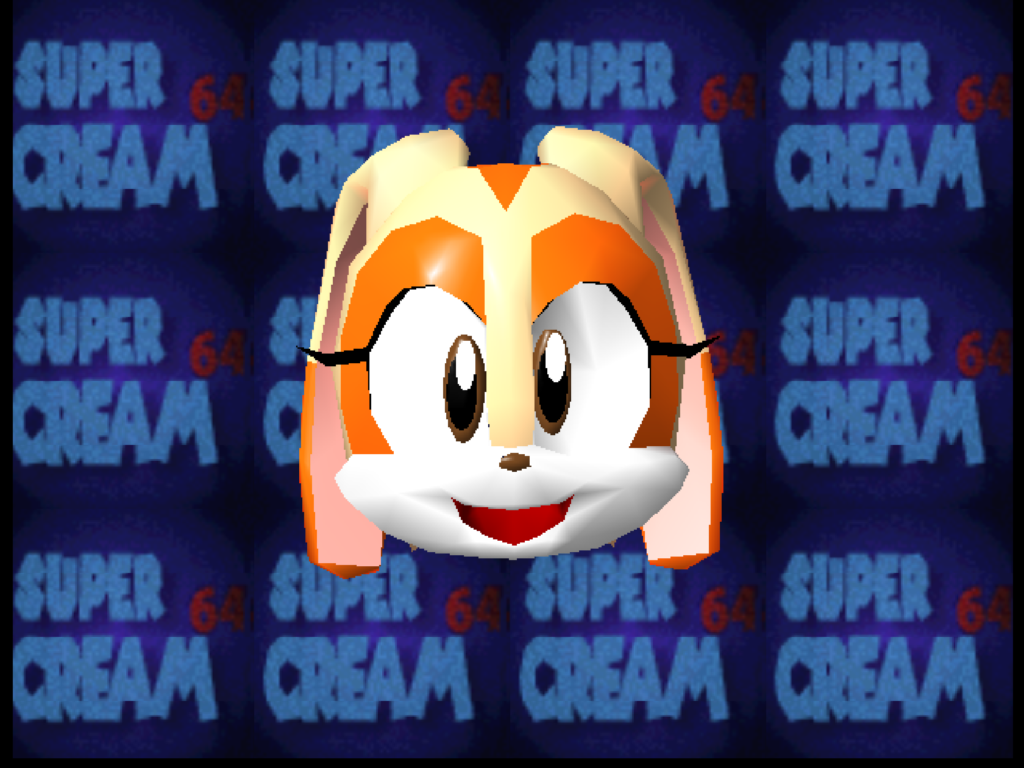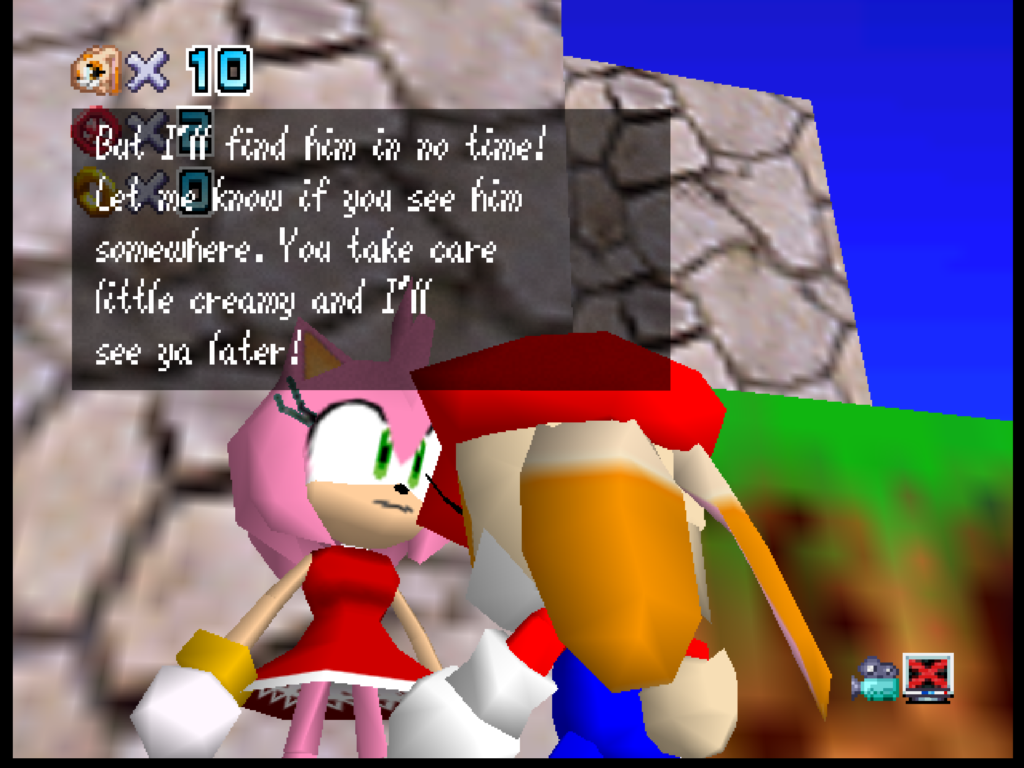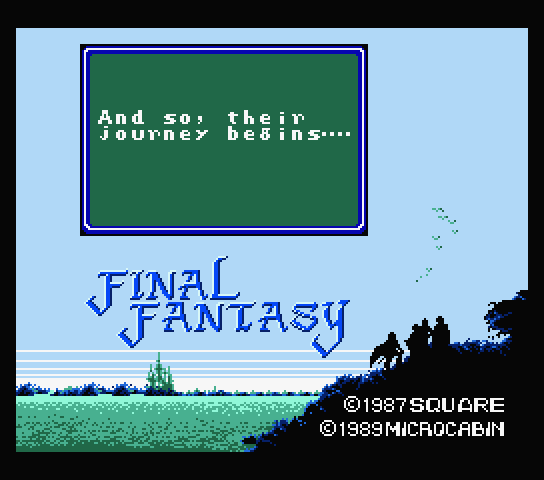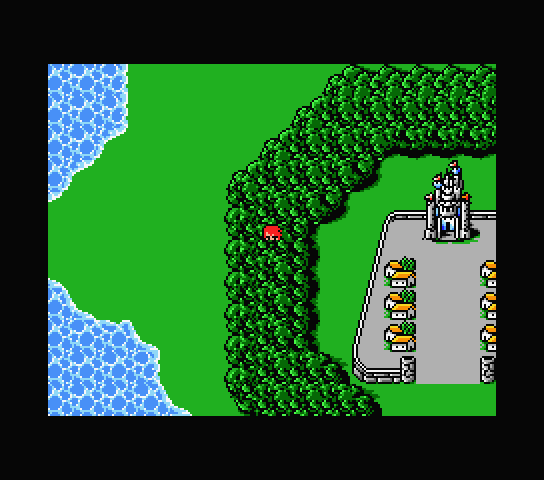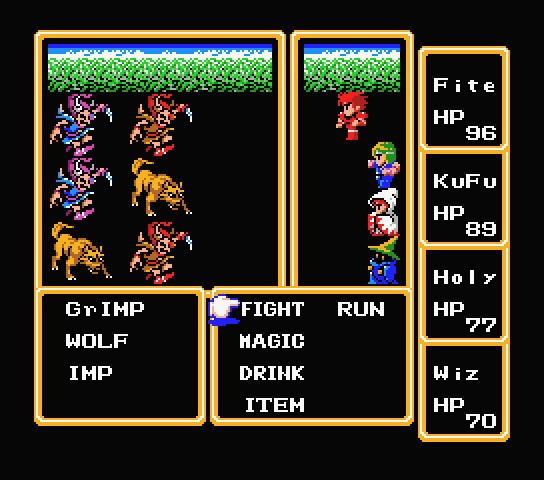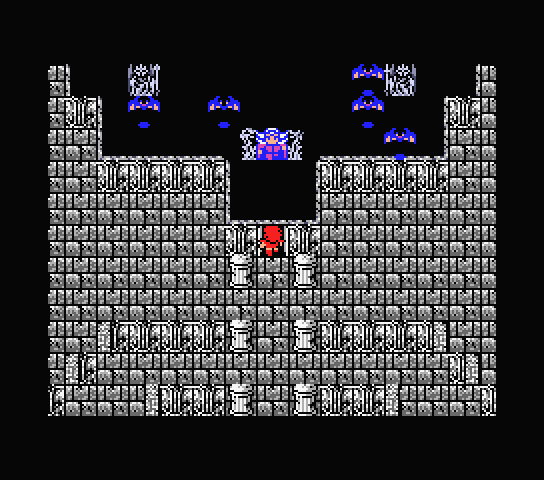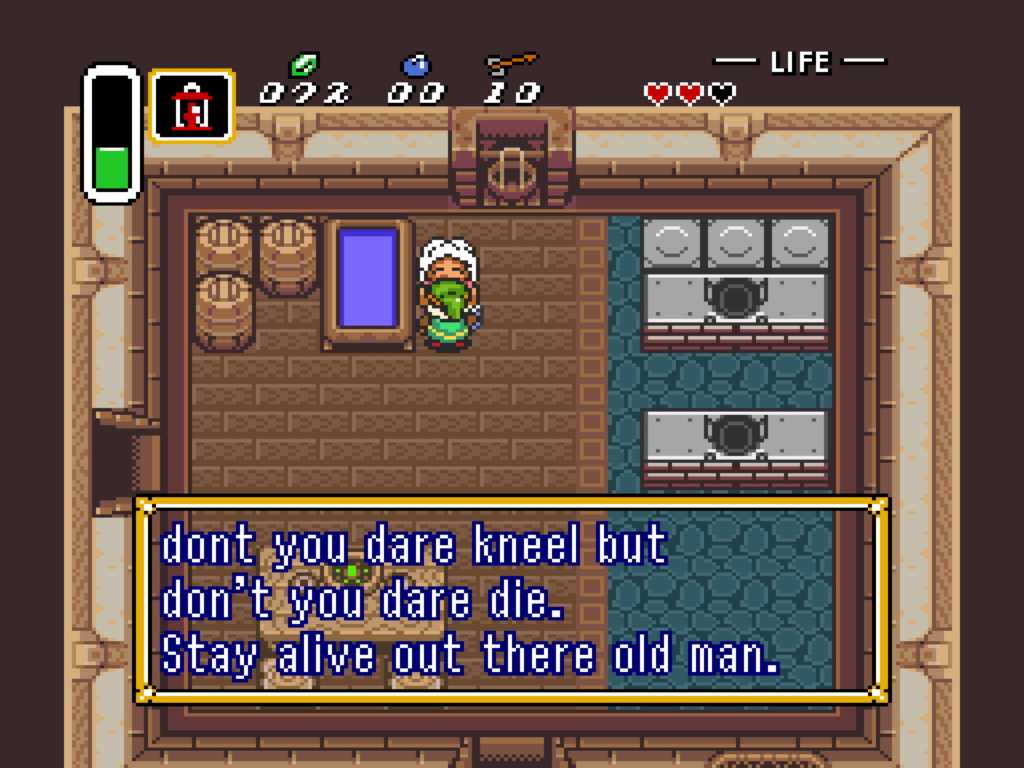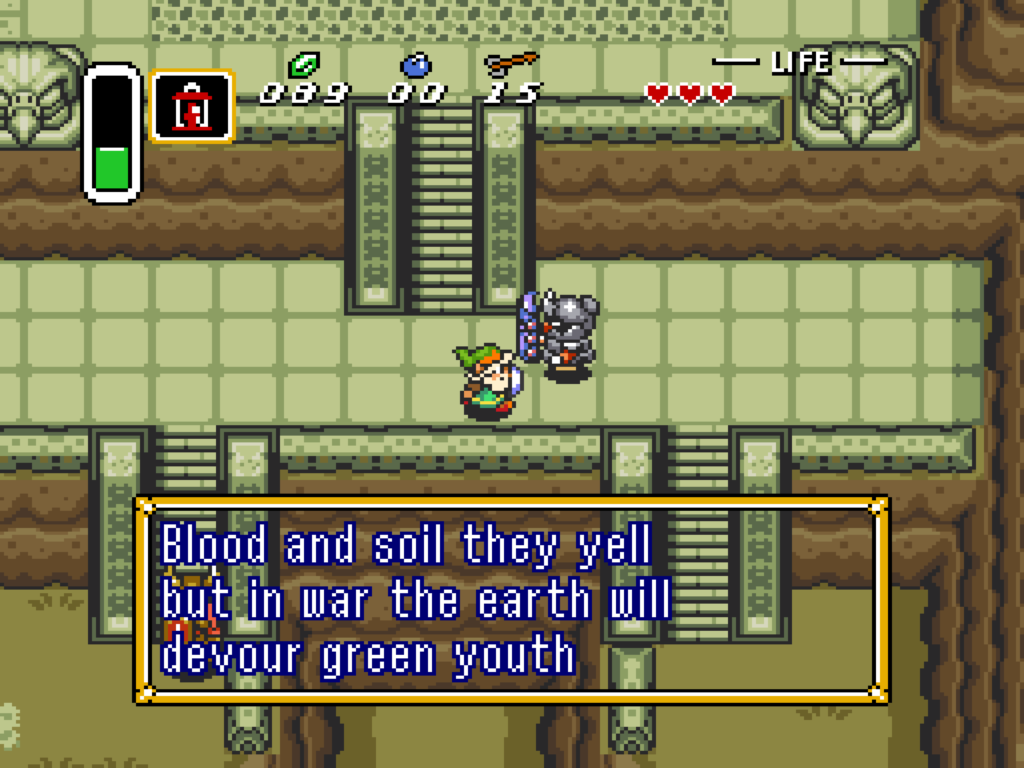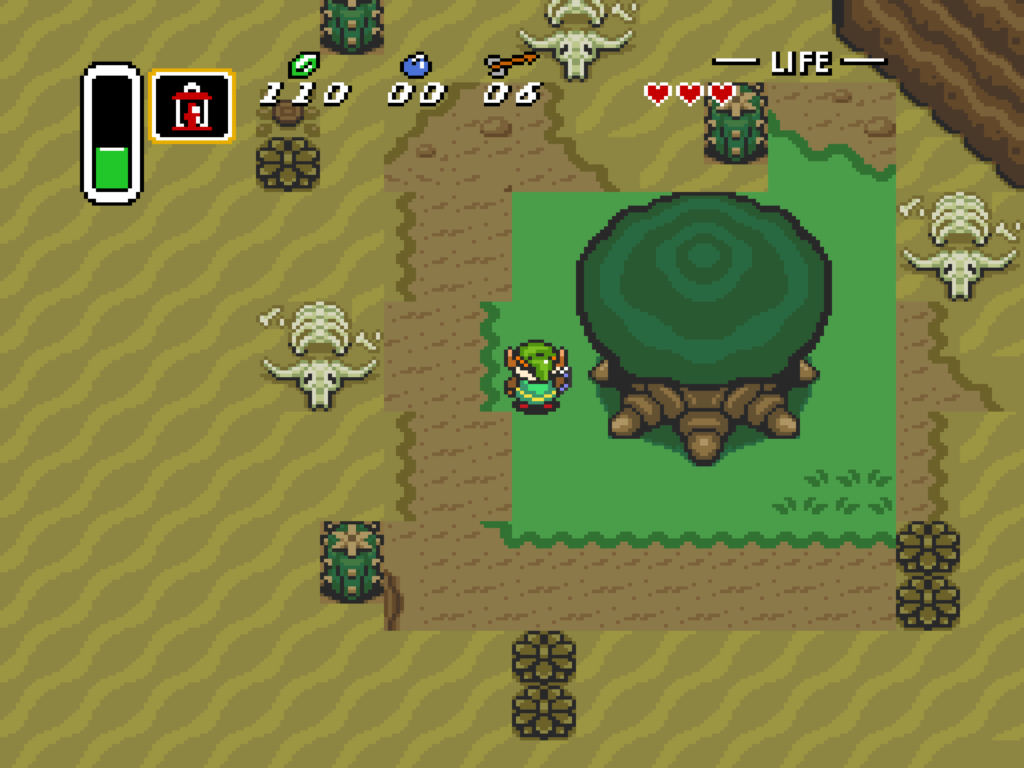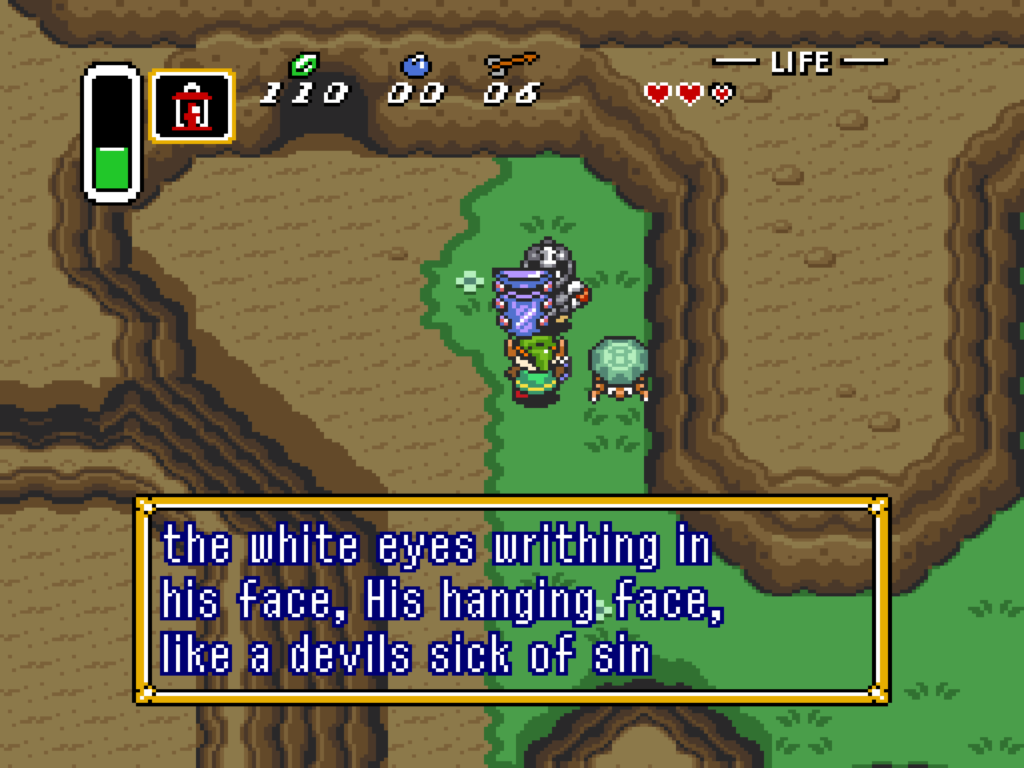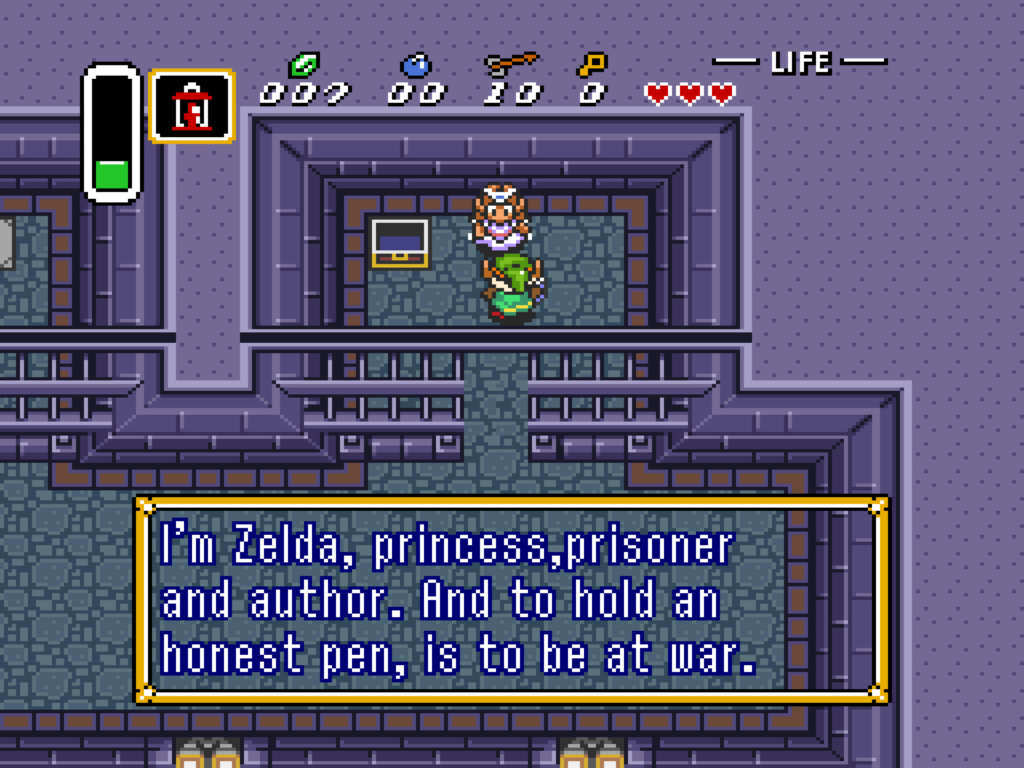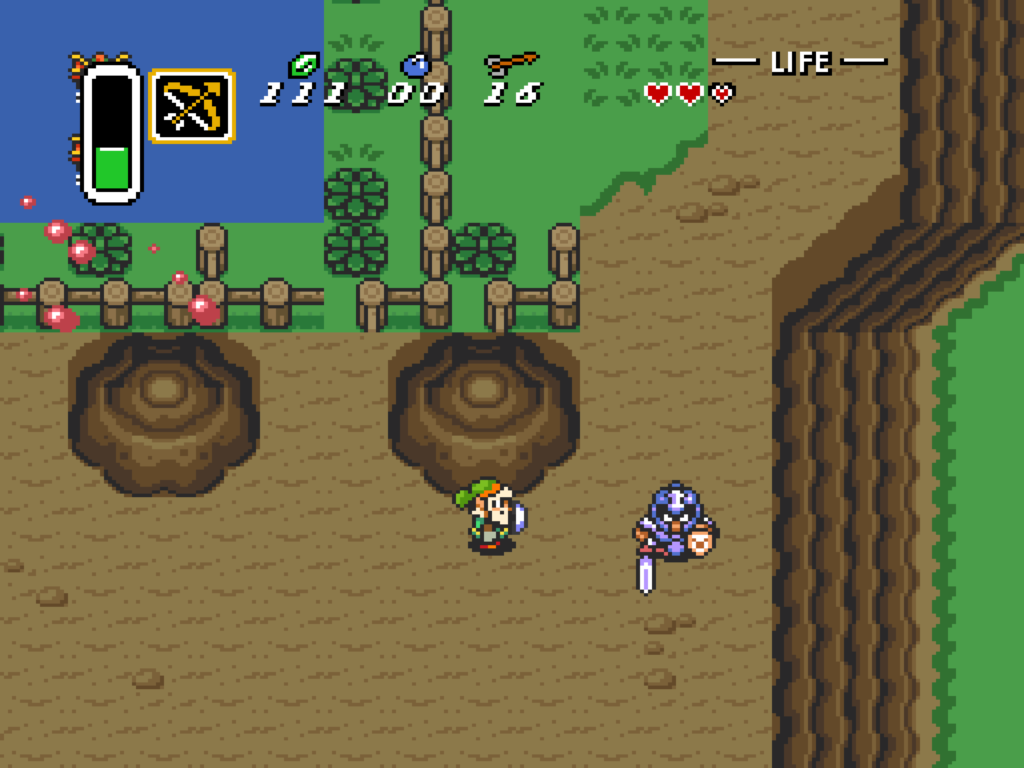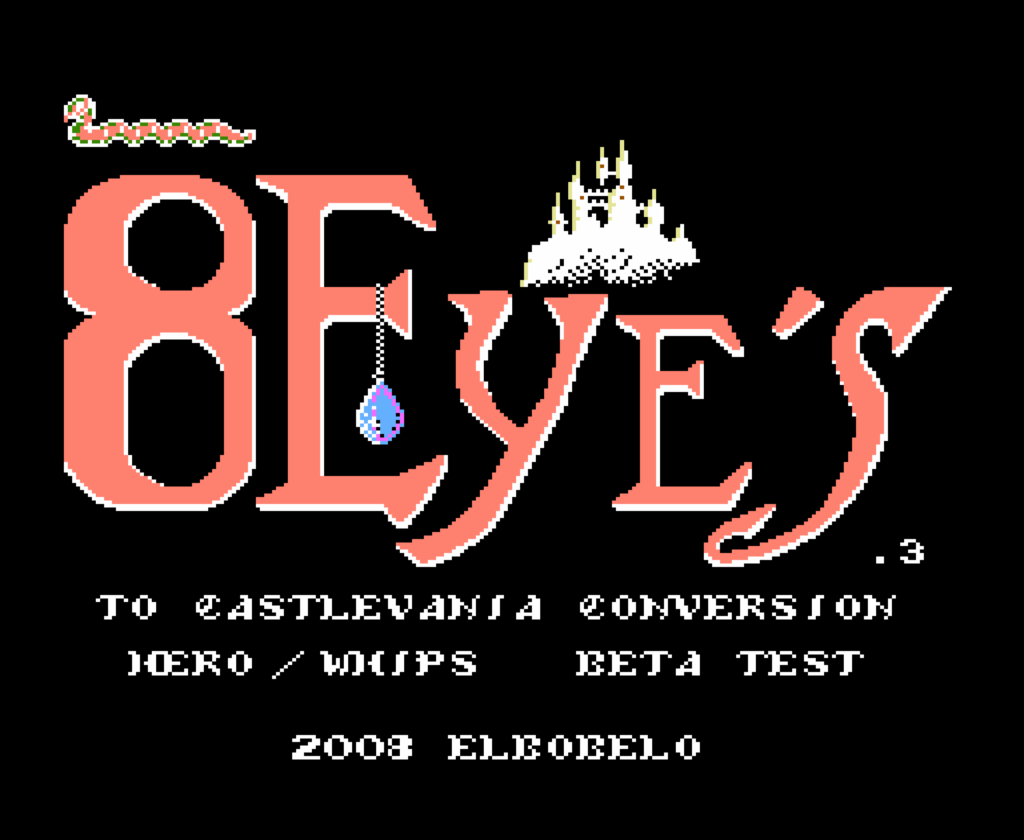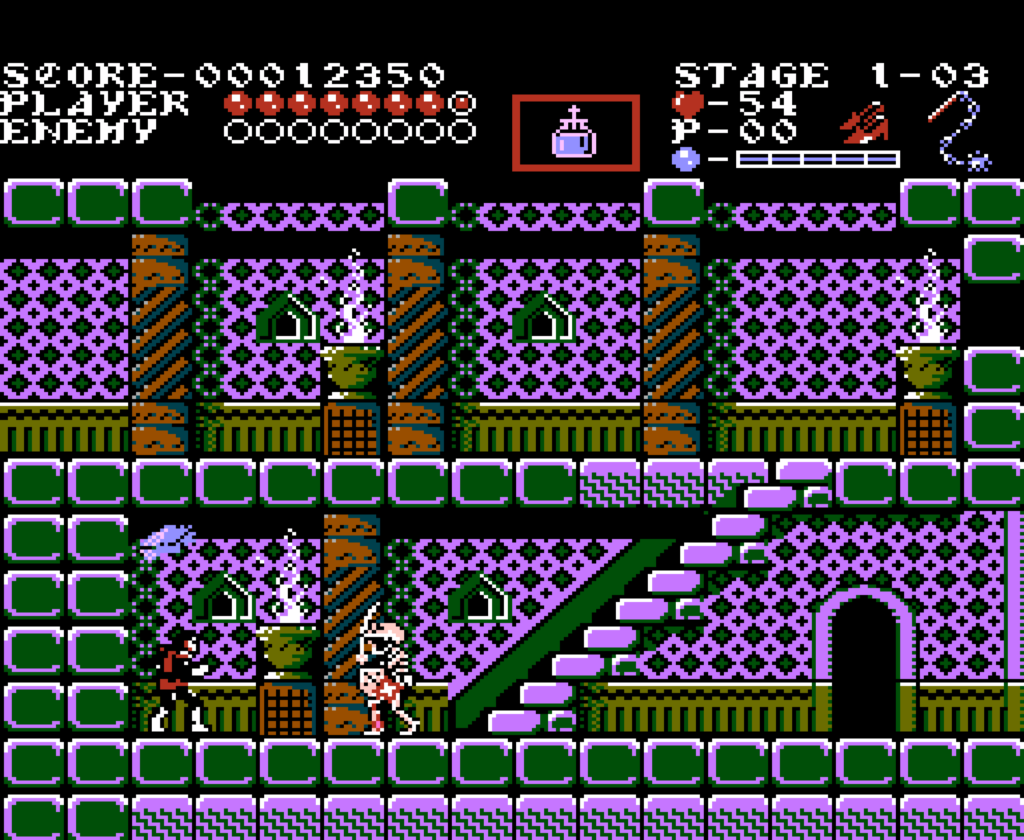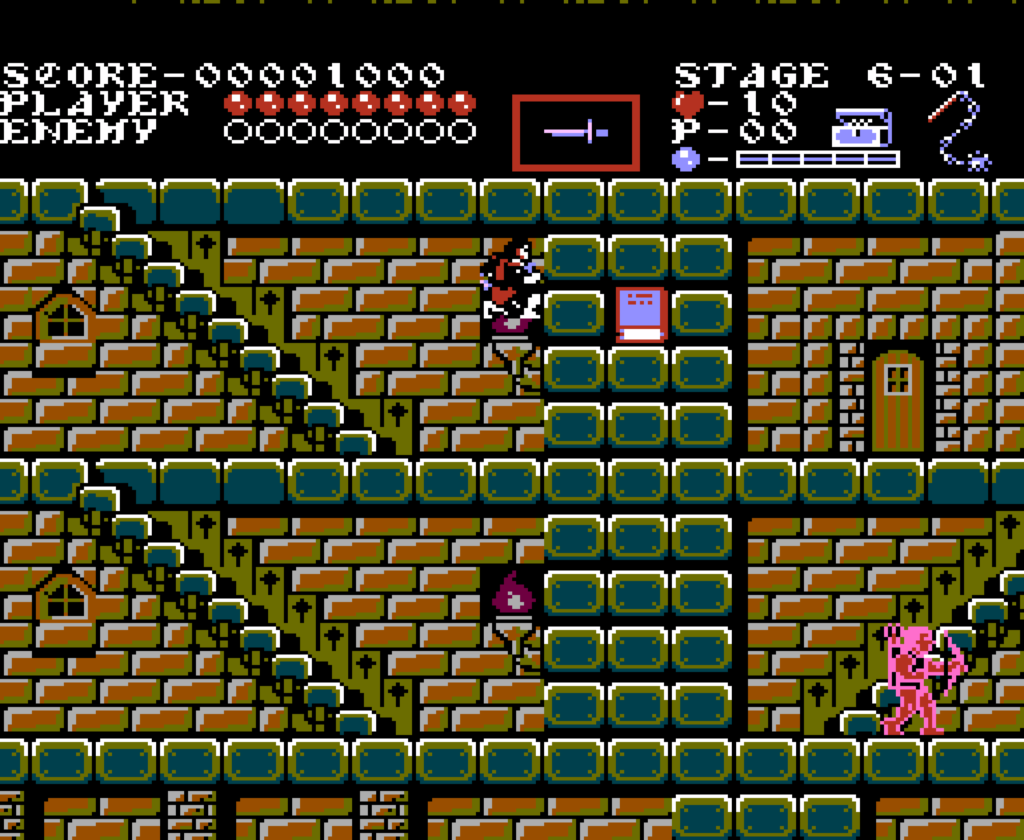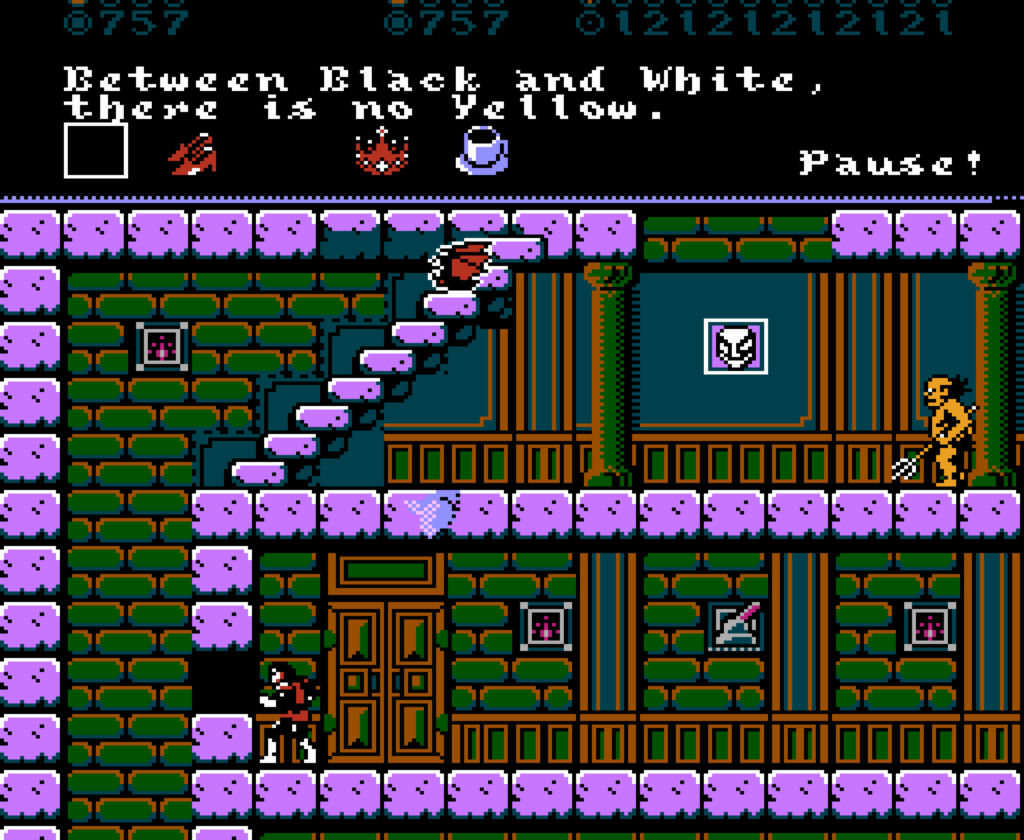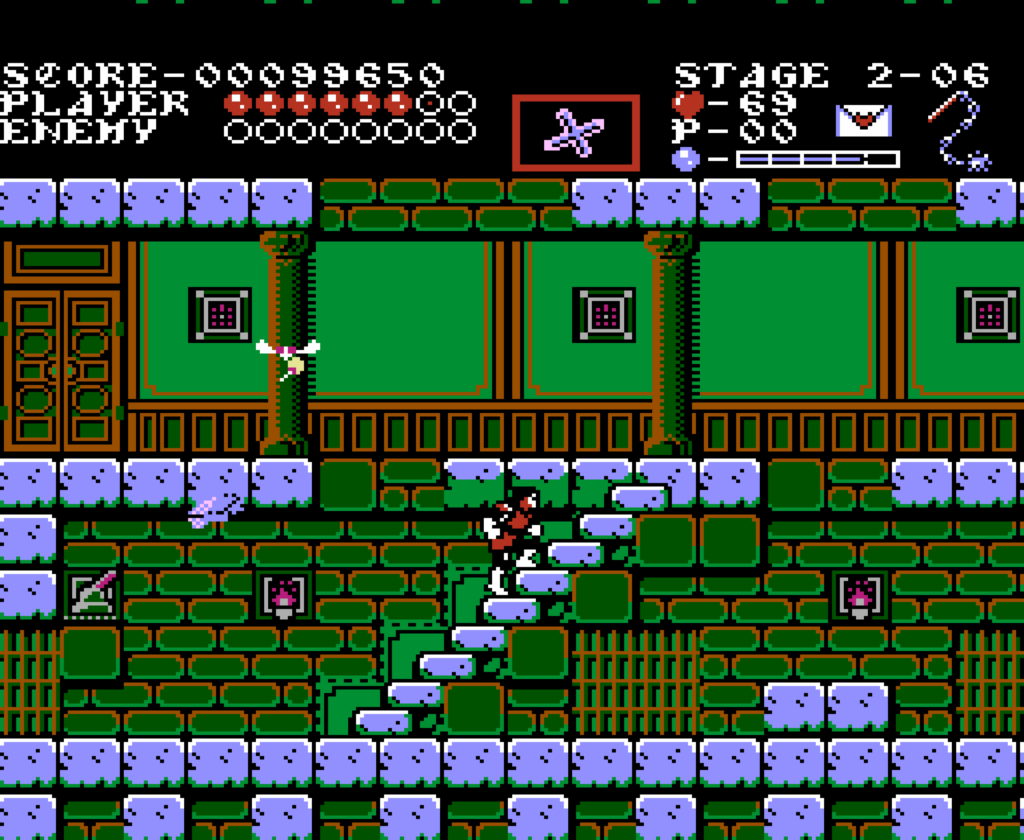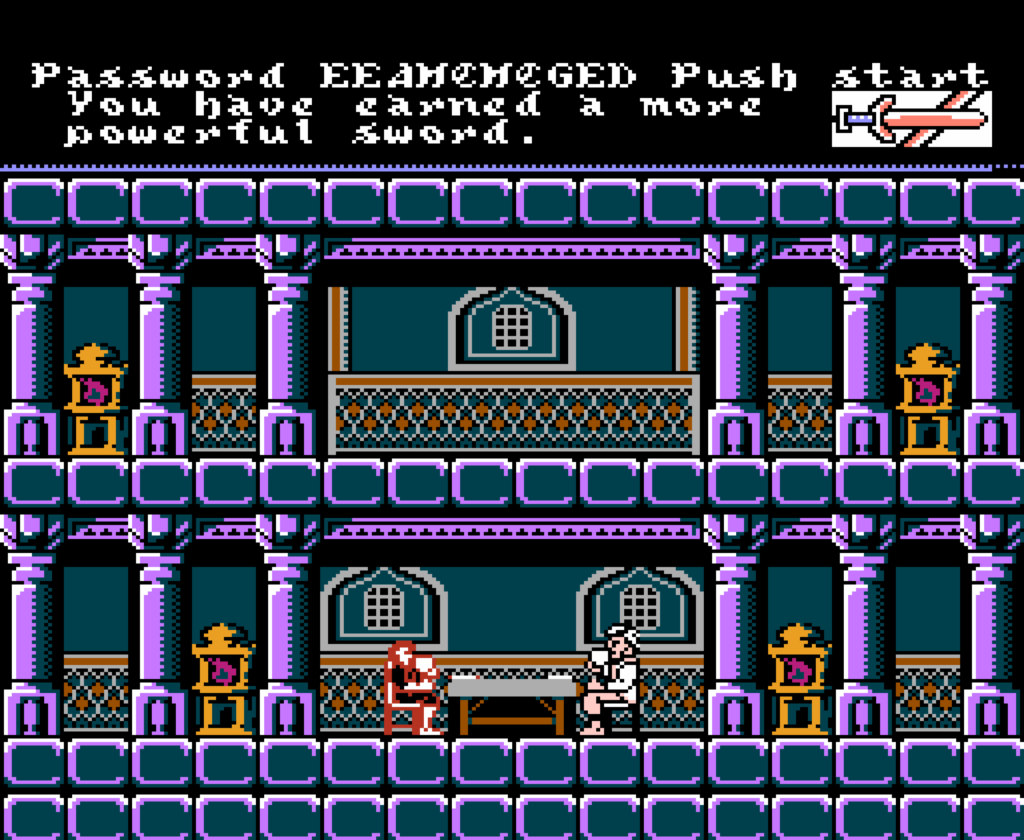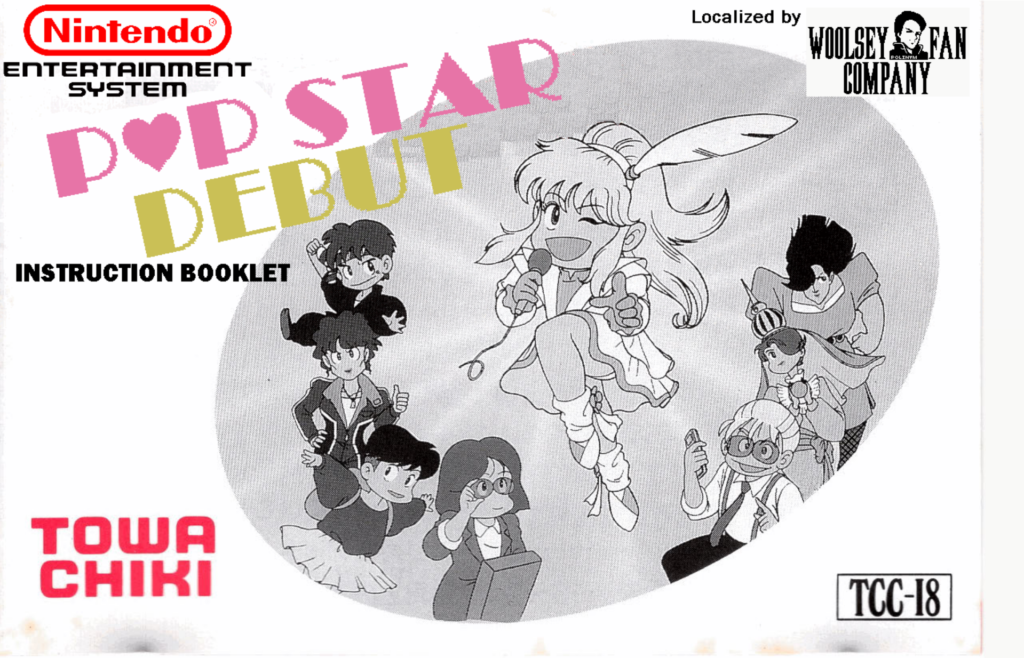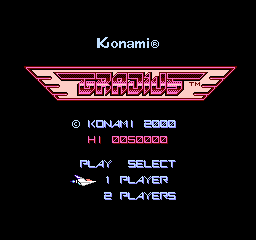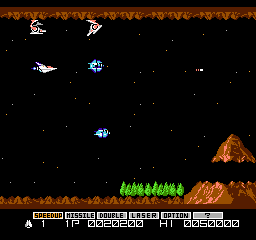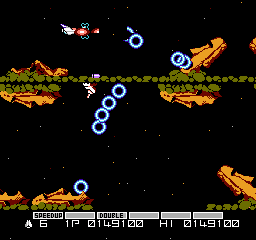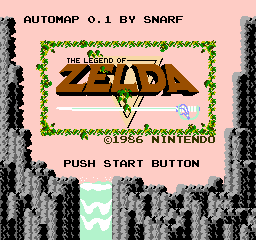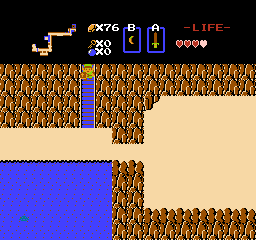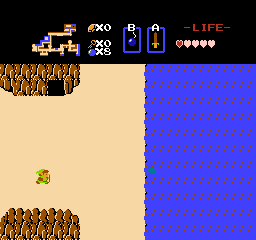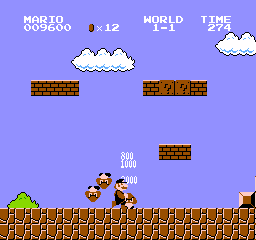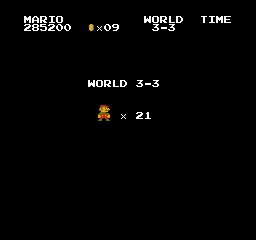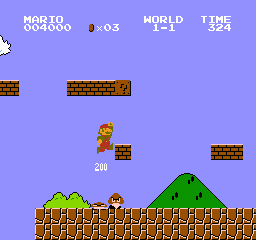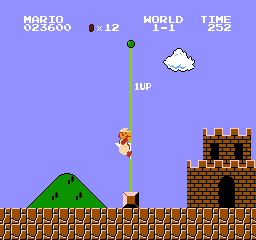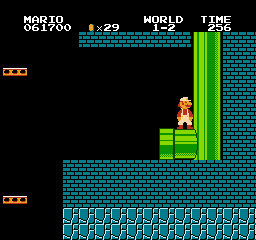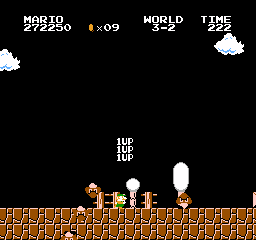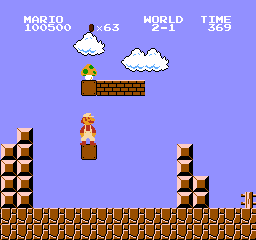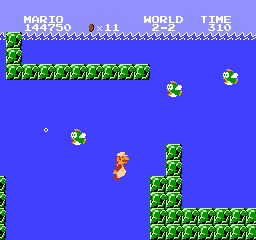
On Romhack Thursdays, we bring you interesting finds from the world of game modifications.
It’s not easy to find romhacks that measure up to our exacting standards, that strike me in just “that way,” but a conversion of the NES Legend of Zelda, one of the few mainline Zeldas never to have been really remade in any form (unless you count the abandoned Satellaview versions), fits the bill like a duck in well-made dentures.
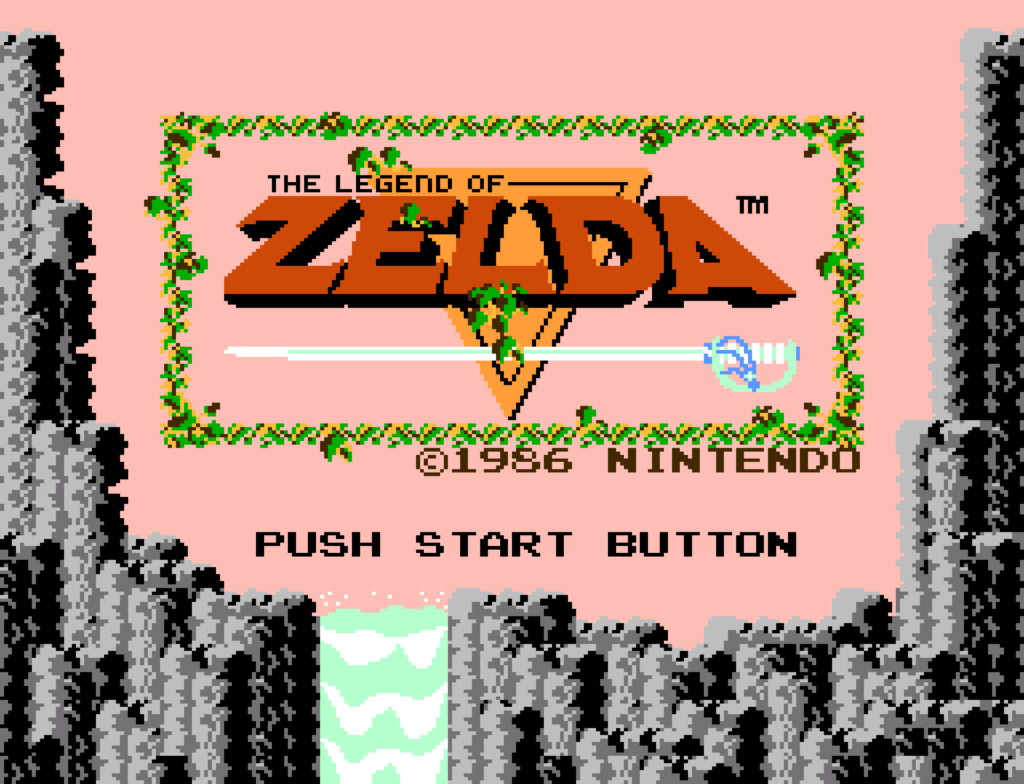
This screenshot may look nearly exactly like The Legend of Zelda. In fact it is the Legend of Zelda, just converted, nearly exactly, to the SNES.
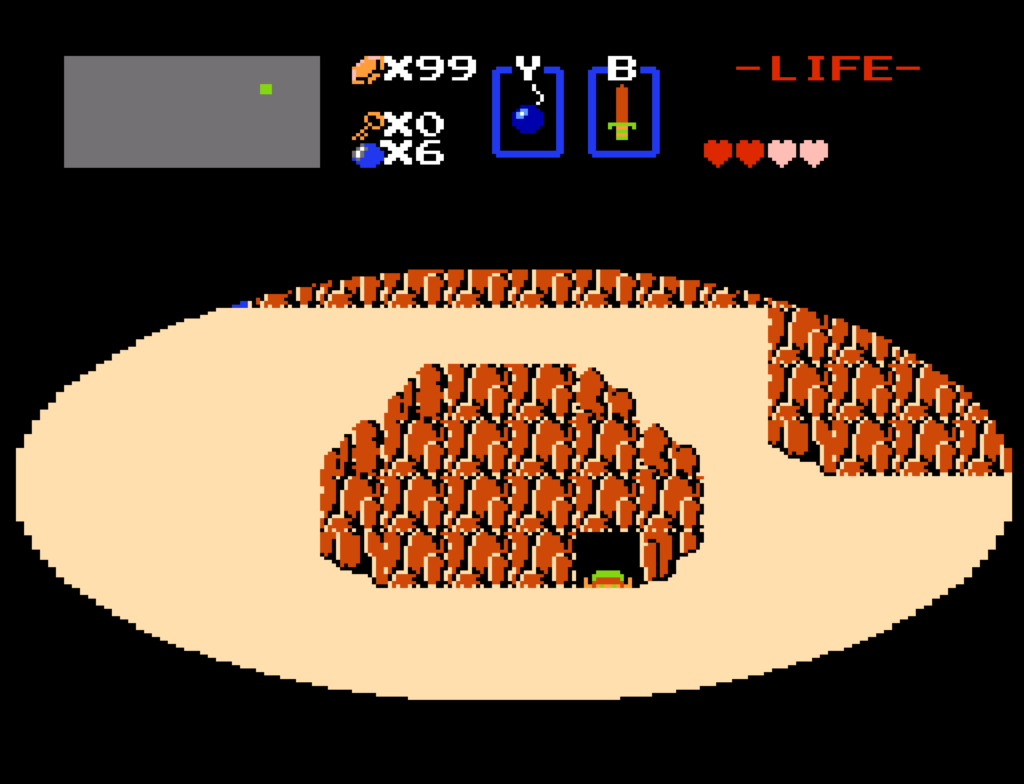
The question has to be asked: why? I mean, to a degree it is kind of pointless. There’s been nearly exact (although always unofficial) re-implementations of The Original The Legend of Zelda since Zelda Classic (Set Side B). All of Nintendo’s own rereleases, from Virtual Console to Gamecube bonus disks to a stand-alone Game & Watch unit. But recreating it on SNES does have certain uses. First, it fixes a handful of issues with the earlier game, notably it doesn’t have flicker or slowdown. It also uses the L and R buttons to allow for quick inventory cycling without having to go into the subscreen.
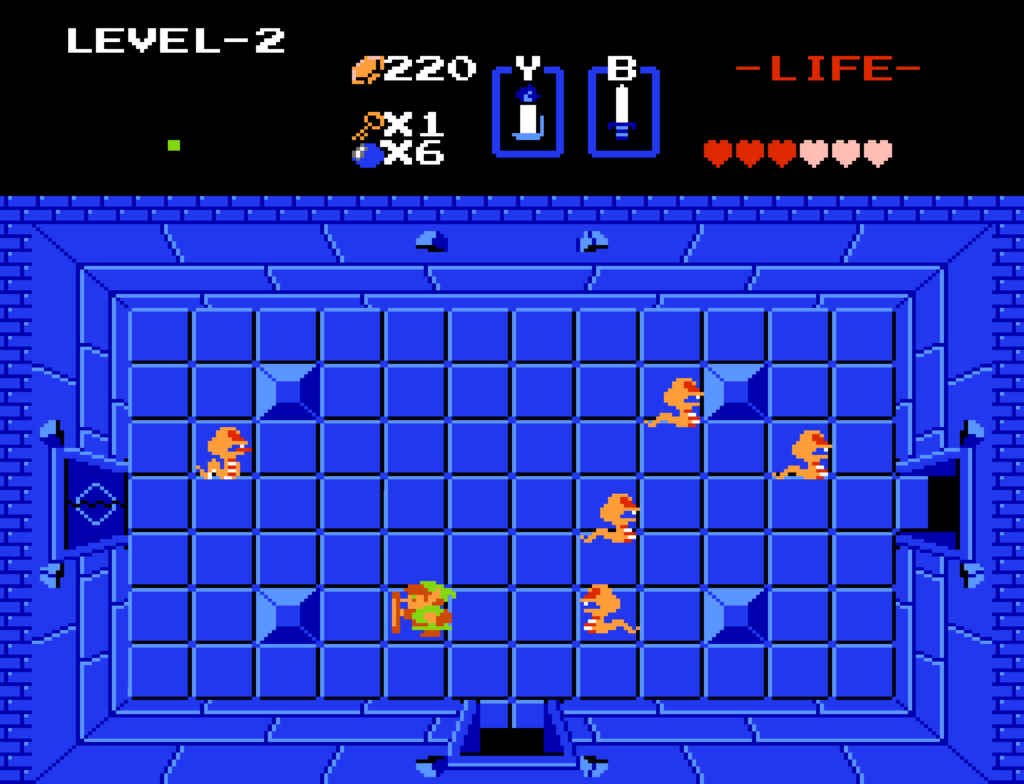
It speeds up game transitions: it uses the Link to the Past-style iris in and out effects, using the SNES’ display masking feature, instead of the slower curtain closes and opens from the NES version. It allows you to use custom soundtracks via MSU-1 support. Health refills instantly instead of pausing the game for up to 15 seconds while all your hearts load up with red. And the sound is very slightly different: by default the low-health beep is less insistent, there’s an extra sound when you kill an enemy, and the candle sound is a little higher in pitch.
But perhaps the best reason to convert it to the SNES is, SNES emulators are nearly as common as NES emulators. You can play this modestly improves version of LoZ on anything with an SNES emulator, which isn’t something you can say of Zelda Classic.
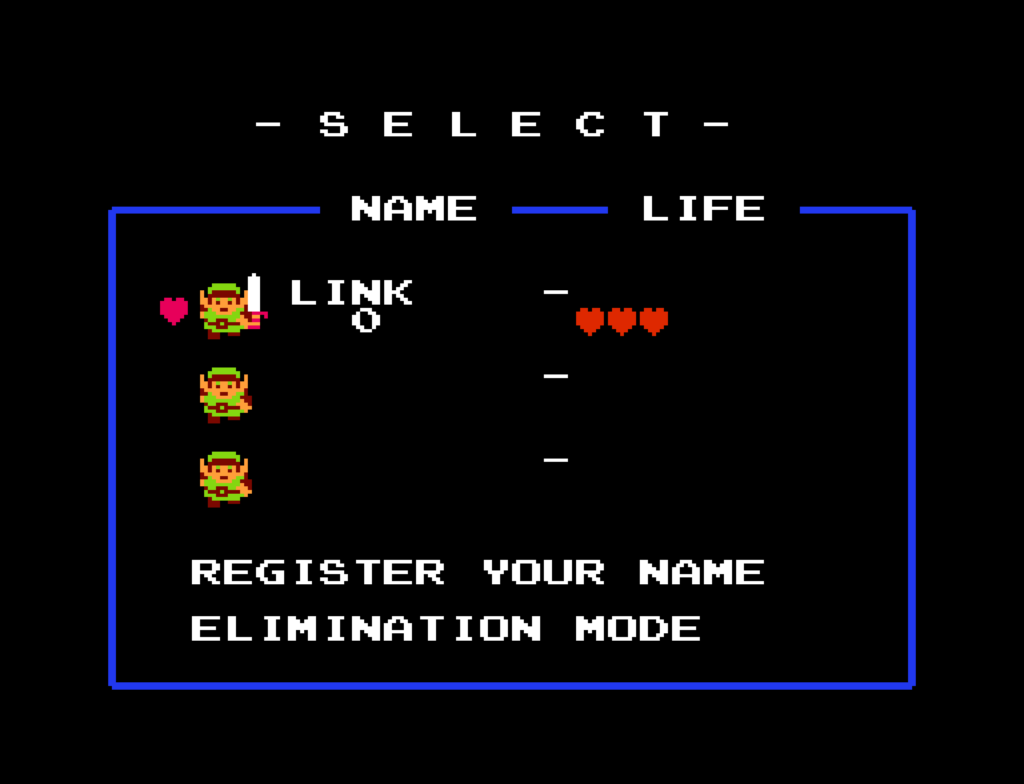
I’m kind of an outspoken fan of the original LoZ, I still think it’s well worth playing today, although I think you should seek out its manual should you do so. (The opening demo even tells you to look there for details!) You’ll die a lot, it’s true, but there’s little penalty for it except for going back to start or the beginning of a dungeon, and having to go refill your health before you try again. It takes real skill to weave around its fast-moving enemies and projectiles, but it’s doable, and you don’t need speedrun skillz to do it.
It is rather difficult to find it through search. It’s not on romhacking.net. Creator infidelity’s announcement was on Twitter, where he offered only a direct download.
Here’s Wes Fenlon’s post enthusing over the port. And here’s where it can be obtained, although links to previous versions have been disabled, so this one may be too if it receives another update.

